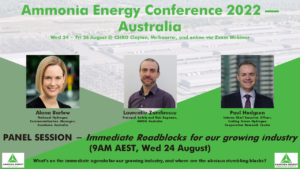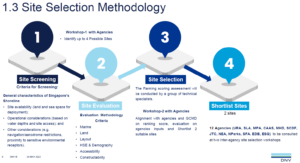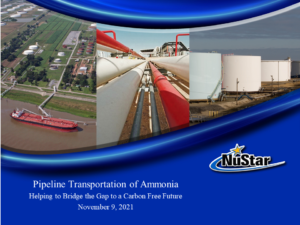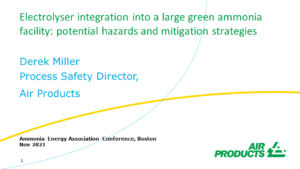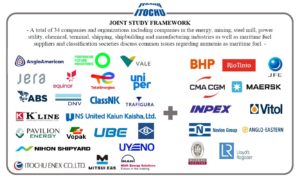Introducing our Australia conference, meet our first panel
This year marks the fourth edition of our annual Australia conference, and we begin our event with a challenging topic - for good reason. As momentum grows, so do the stakes. The opportunity for hydrogen & ammonia in Australia is unparalleled, but establishing a world-leading industry requires many, many pieces to come together. To explore the challenges immediately ahead, we’ve brought together three familiar faces with a wealth of experience: Paul Hodgson (Scaling Green Hydrogen CRC), Alana Barlow (Sumitomo Australia) and Laurentiu Zamfirescu (Principal Safety and Risk Engineer, AMOG Consulting). Join us in-person or online, and make sure to register by the end of this week (Friday 29 July) to secure the early-bird rate.
